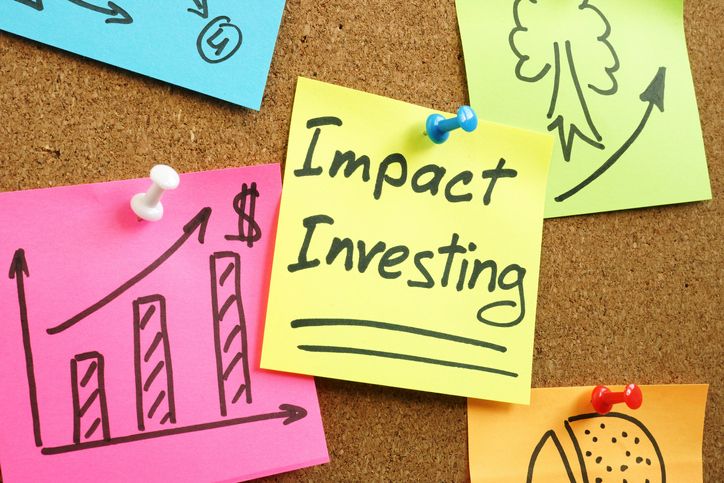Further impact funds are set to be brought to market this year, and with that more focus on the real economy and seeing changes to people’s lives and the planet.
Industry commentators said the data will need to play catch up on this, and prices may need to come down, but, as we saw from the IPCC report last year, COP26 and the devastation of extreme weather events, there is no time to waste.
Here, investment professionals share their views:

A year of new direct capital investment
Nick Parsons, head of research & ESG, ThomasLloyd Group
“Investing to make a positive impact on jobs, lives, communities and the environment offers a more purposeful role for capital than ESG investing, and this will be more appreciated in the coming year.
“The key theme for 2022 will be to ensure a sustainable economic recovery, providing secure well-paid jobs in those sectors – energy, infrastructure, transport, communications and welfare – which play a vital role in building resilient communities and societies.
“This will be a year of new direct capital investment. A year of the real economy, real jobs, and real change.”

Whole economy must reach net zero
Nick Samuels, head of manager research, Redington
“We’ll see more funds aligning to net zero in 2022 and no doubt we’ll see further launches of impact strategies that seek to invest in or benefit from the transition to a green economy.
“Asset managers need to commit to getting the whole economy to net zero and in turn put pressure on their portfolio companies to do the same. We shouldn’t get hung up on current levels of carbon intensity or other flawed metrics; each manager will have their own way of getting there, just like they have their own investment process. As fund selectors we can then judge the strength of the commitment and the quality of the plan like we do with all other aspects of a fund’s offering. The data will follow eventually.”

Impact bonds to issue but consider costs
Nimisha Sodha, head of ESG, FE Investments
“Green bonds continue to dominate but we also saw the issuance of impact bonds more than double when comparing 2021’s figures with 2020 and social bond issuance also accelerated as well. This in turn could lead to a wider variety of ESG bond strategies becoming available in 2022.
“To date, the vast majority have been standard corporate bond funds, which are easy to implement in an ESG process, but lots of managers have announced new products that are coming to market that are more strategic in nature, investing in a range of credit instruments and sovereign bonds.
“One of the biggest challenges for impact bonds is being able to monitor and aggregate data. We have already seen the inherent difficulty of obtaining meaningful ESG data for the industry as a whole, but impact bonds cover a wide variety of strategies, so it becomes an even trickier proposition. However, while each issuer may take a slightly different approach, there are greater moves taking place for more standardisation of reporting and the metrics used.
“The cost of impact bonds is also something to consider. While most come at a premium, which although doesn’t seem to be having any immediate effect on investor capital flows or interest, has drawn some reservations from some fund managers, who have cited the cost of recent issuances for their reluctance to purchase.”









